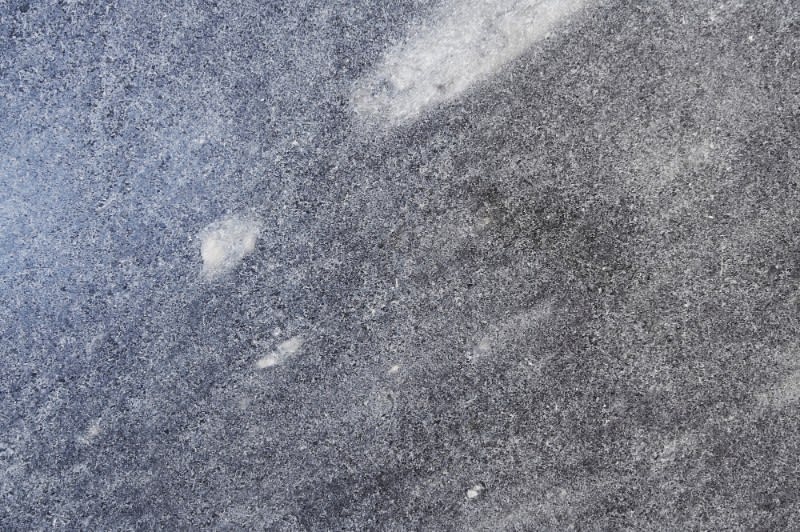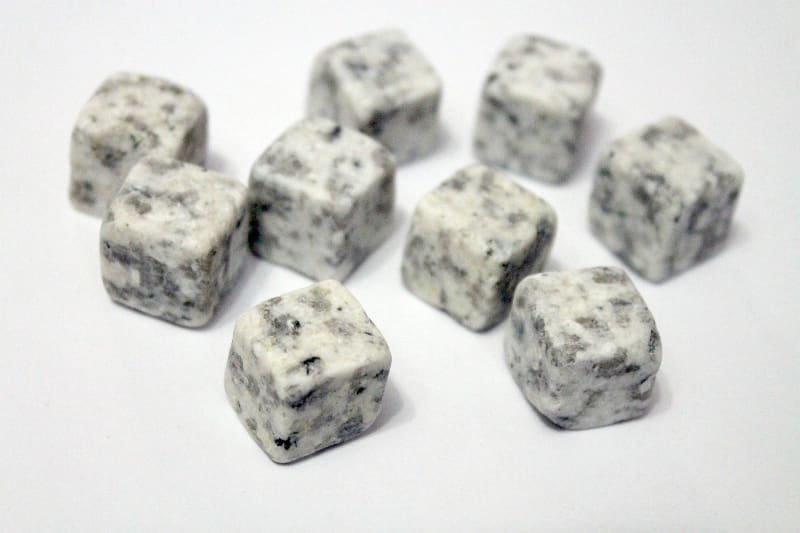Soapstone is commonly found in regions that have experienced orogenic activity. It is a very soft rock, with a soapy feel (like a soap bar) and it can be used for carving. Soapstone is also a good thermal insulator and when used in construction, it is suitable for interior and exterior applications.
Soapstone is a metamorphic rock composed primarily of the mineral talc, with varying amounts of chlorite and other minerals. It is a soft stone that is easy to work with and is resistant to heat, scratches, stains and bacteria. In some cases, soapstone is used as a countertop material because of its beauty, durability and ease of care.
What is Soapstone Made Of?
Soapstone is composed of natural stone that has been used for centuries as an alternative to cast iron and steel cookware. It has a very low thermal conductivity, which means it retains heat well and distributes it evenly.
Soapstone rocks are a type of metamorphic rock
It is produced by dynamothermal metamorphism and metasomatism, which is a really fancy way of saying the mineral composition was affected by extreme amounts of heat and pressure.
Soapstone – also known as steatite
Steatite describes a stone which contains a large amount of the mineral talc and is easily malleable; and is also called soapstone. Since talc makes any stone soft, things like floor tiles make soapstone look like the perfect material to walk on.
Soapstone is sometimes called soaprock or steatite

How is Soapstone Formed?
Soapstone was formed possibly millions of years ago by fluctuating heat and pressure combined with the infusion of mineral-rich water and other liquids. It has been quarried and used for thousands of years throughout the world.
Most often, soapstone is formed at convergent plate boundaries where broad areas of Earth’s crust are subjected to heat and directed pressure.
The hardness and durability of the stone can be compared to high-end marbles; however it is relatively easy to fabricate.
What Kind of Rock is Soapstone?
Soapstone is a metamorphic rock caused by metamorphism. There are two different materials popularly called soapstones. The first being talc, the softest mineral on earth, mostly used in the manufacturing of cosmetics, refractory materials, sculptures, and everyday items such as toothpaste, baby powder and even chewing gum.
What is the mineral composition of soapstone?
Soapstone has a composition of talc, with varying amount of micas, chlorite, amphiboles, carbonates and other minerals. The composition depends upon the parent rock material and the temperature or pressure conditions of its metamorphic environment.
Talc – Soapstone Mineral Content
Soapstone is relatively soft because of its high talc content, talc having a definitional value of 1 on the Mohs hardness scale. Softer grades may feel similar to soap when touched, hence the name.
No fixed hardness is given because the amount of talc it contains varies widely, from as little as 30% for architectural grades such as those used on a soapstone countertop, to as much as 80% for carving grades.

In Rio de Janeiro, Brazil, the famous Christ the Redeemer statue is made from soapstone (steatite)
Where Does Soapstone Come From?
Soapstone can be found all over the world. Modern soapstone comes from Brazil, China or India, but some deposits also exist in Australia, Canada, England, Austria, France, Italy, Switzerland, Germany and the United States.
Soapstone is created organically in nature and is found only in areas that have experienced massive amounts of pressure over time.
Where two large masses of Earth called tectonic plates once collided, the intense heat and stress from these masses eventually turned metamorphic rock, a common material found in the crust layer of the Earth, into soapstone.
Soapstone Physical Characteristics and Properties
Soapstone is easy to carve, it is also durable, heat-resistant and has a high heat storage capacity. It has been used for cooking and heating equipment carving for thousands of years.
Soapstone is often used as an insulator for housing and electrical components, due to its durability and electrical characteristics and because it can be pressed into complex shapes before firing. Soapstone undergoes transformations when heated to temperatures of 1,000–1,200 °C (1,830–2,190°)!
the second biggest building at the Palace of Knossos, the Bull’s Head, is a famous archaeological find made of steatite
What is Soapstone Used For?
The use of soapstone dates back to ancient times when it was used for bowls and other carvings and sculptures. In modern times, along with granite and marble, you’ll find a soapstone countertop choice.
In the 19th and 20th centuries, people would use soapstone as an insulator inside homes. The soapstone would be placed between the joists, and was said to be very effective.
If you are lucky enough to have some old homes in your neighborhood, you might be able to find some soapstone insulation. Another use that has been around for centuries is soapstone for cooking. The soapstone is placed in the oven like a frying pan, and the food is placed on top.
What is Soapstone Good For?
Around the world, soapstone is commonly used for cooking pots, cooking bowls, and also as a cooking tool. You’ll also see soapstone being used as whiskey stones to keep drinks cold or in soapstone griddles.

Some steatite (soapstones) has also been used for pipe bowls over the years.
Is Soapstone natural or manmade?
Organic soapstone (also called steatite) occurs naturally and is carved from different parts of the Earth.
A different material – Soapstone Quartz – is a man made product made of natural quartz and other raw materials. It is a color variation of Quartz, created to look like soapstone.
Soapstone Countertops with Talc
Soapstone countertops are great for many different environments given their versatile heat properties. Since it’s a stone rock material, it’s much more durable than something like laminate kitchen countertops.
It is also non-reactive so the countertops won’t react with food or release harmful chemicals into your food. This makes it a perfect carving material to use for kitchen countertops since it naturally has stain resistance.
Is soapstone a good countertop?
Yes, soapstone material makes great countertops because they are extremely easy to clean and keep bacteria away.
Stone cooking with soapstone
When it came to cooking, Native Americans would mold cooking bowls out of soapstone. These bowls could be placed into a fire to cook meat and stews. Often the process of boiling stones would be used –it involves placing heated rocks into a water-filled container to heat the liquid for cooking.
Soapstone is extremely heat resistant
The soapstone heat properties are also affected by the thickness of the stone. The thicker the stone piece, the better it will retain heat. This makes soapstone great for use in wood burning fireplaces or other areas where you want to keep your feet warm like masonry heaters.
The heat resistant nature of soapstone ensured that the Native Americans cooking bowls could withstand the direct heat of the fire while ensuring their food was tenderly cooked.
Since soapstone is very solid, it can be used to create heat-containing elements like wood burning stoves, smoking pipes, and rock cooking slabs. At wood burning temperatures, soapstones (steatite) can withstand the heat without melting; great for using a hot stone for long, radiating warmth.
As an alternative to wood, you can use stones called soapstone firebricks in a fireplace. The soapstones are so dense that absorb heat and radiate for hours.
Does soapstone scratch easily?
Soapstone is softer than granite and marble, so it scratches easier. Most light scratches can be easily disguised with a mineral oil. Deeper stone scratches can be removed with light sanding; mineral oil treatment help restore damage from scratches.
RESOURCES
- https://marble.com/articles/what-is-soapstone
- https://bcsoapstone.com/where-does-soapstone-come-from/
- https://sciencing.com/can-soapstone-found-5375861.html
- https://geology.com/rocks/soapstone.shtml
- https://www.soapstones.com/2008/11/14/everything-you-wanted-to-know-about-soapstone/
- https://geologyscience.com/rocks/soapstone/
- https://southlandstone.com/fun-facts-about-soapstone/
- https://en.wikipedia.org/wiki/Stone_boiling
- https://www.marbleandgranite.com/blog/2013/june-2013/soapstone-is-it-really-made-of-soap

